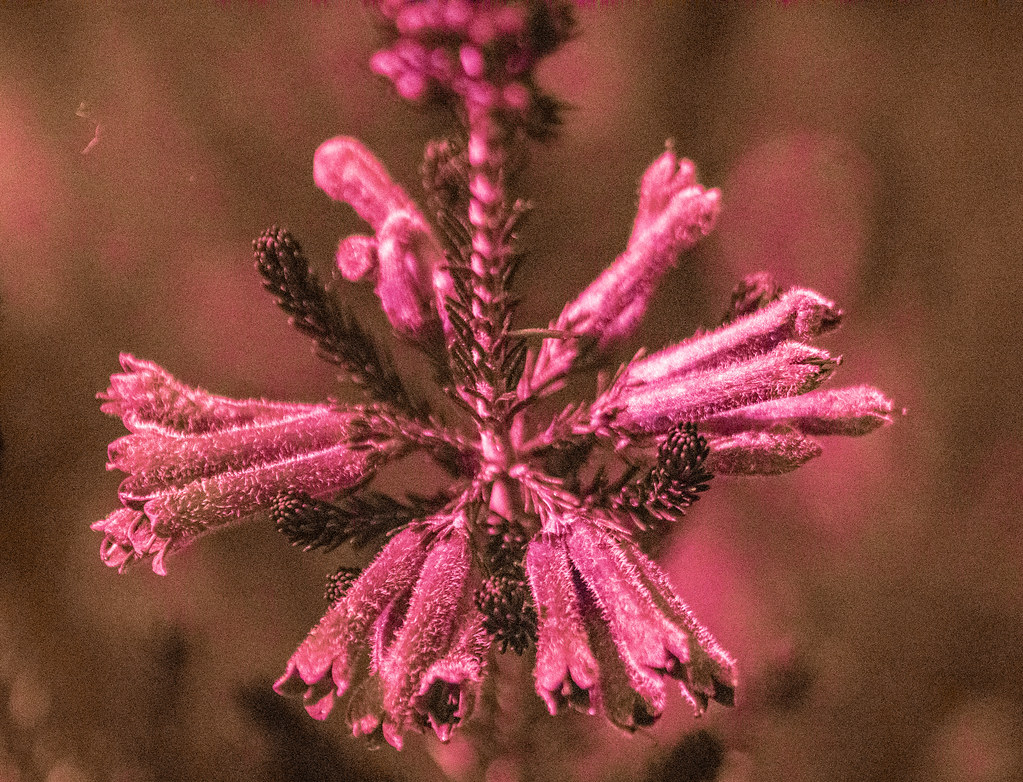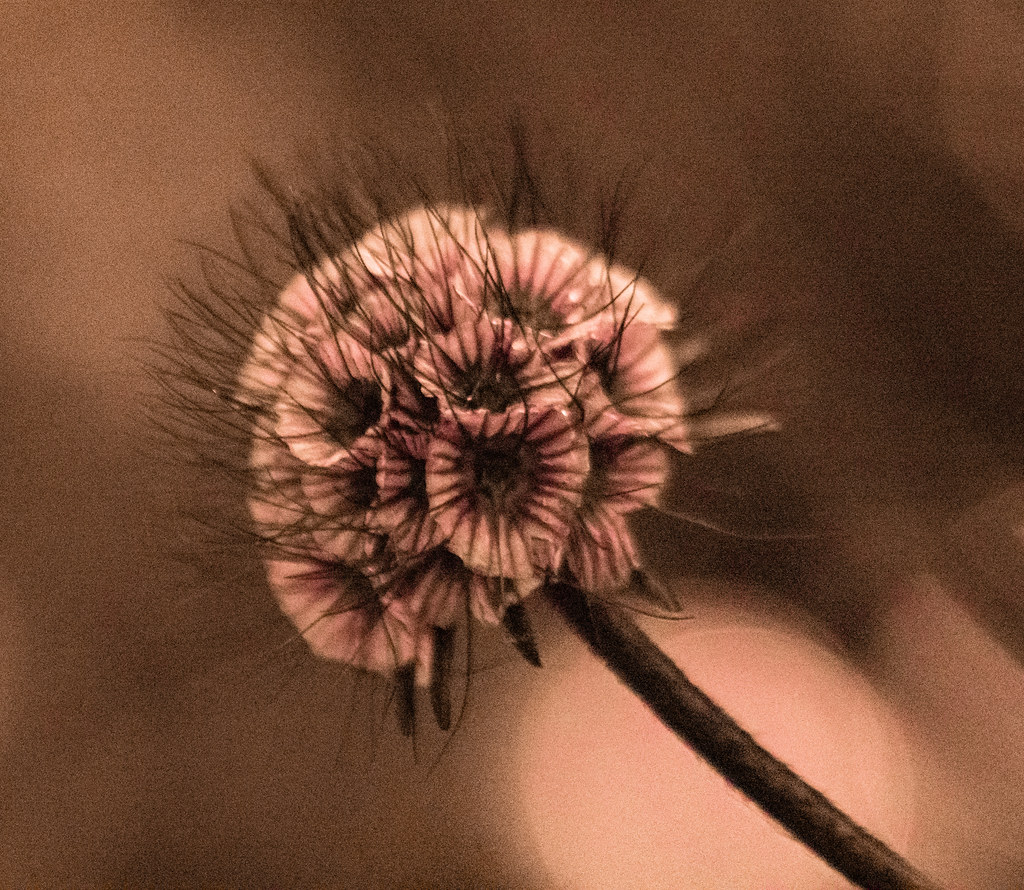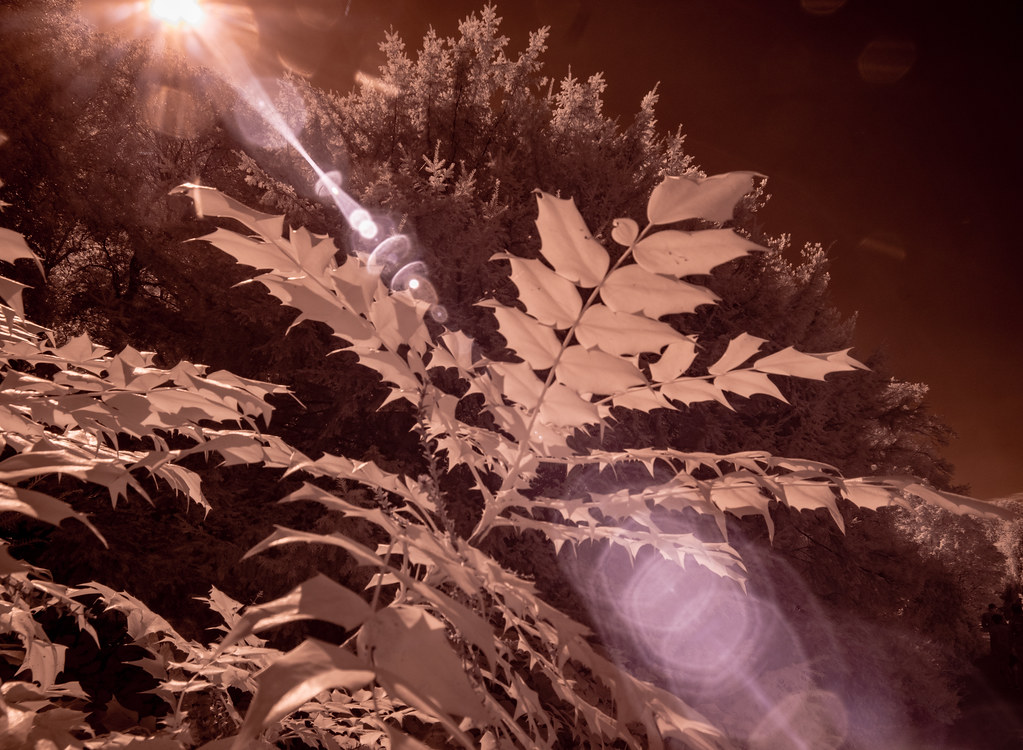
This is another plant that is extinct in the wild. Though, unlike animals, plants can be easier to manage in captivity (or, as horticulturists call it, “in cultivation”), and has since been re-introduced.

Unlike the IR and visible range, normal camera sensors aren’t super sensitive to ultraviolet light. Additionally, glass blocks (most) UV, so you need a special lens to gather the light and focus it on the sensor. This results in a situation where you are always shooting at a higher ISO and smaller aperture than you would select for more standard photography, as well as working with a much smaller colour palette.
So, in a lot of cases, if you don’t have a dedicated UV studio (which I do not), you wind up with a grainy, tinted monochrome look.
I think it works though.

This plant wanted to be a Communications major at Hogwarts, only to learn (unsurprisingly) that no one at the school had any interest in clear and concise communication.
This plant then transferred Beauxbatons where, due to their lack of focus on defense techniques, was cursed into his present form in his last year.

I originally got the UV lens to look at birds and maybe lizards, but it turns out to be more useful for flowers. There are many reasons for this, primarily that animal-made UV reflective pigments seem to break down too fast to be biologically useful and UV refractive feather structures seem to be more rare than expected. UV is used in the animal kingdom, but it’s mostly through UV fluorescence into the visible spectrum – so, while it’s not quite a failed experiment, it is a camera and lens combo that is more useful for plants.
Here we can see that one side of a flower petal is more reflective than the other, likely because the flower forms with the more reflective side on the inside of the bud, likely so that the reflective pigments are only exposed once the flower is mature.

When I traveled to London last year, I was exhausted from the flight and made the questionable decision to visit the Kew Gardens with only an infrared and an ultraviolet camera. So I hope you like weird looking plants, ’cause that’s what I’ll be posting for the next several weeks.
This is the Three Kings vine – a vine discovered in New Zealand in 1945, from a single solitary plant. All the other members of this species are believed to have been eaten by goats. No other such vines have been discovered in the wild.
Today, you can see it at Kew as well as in some gardens throughout New Zealand that, presumably, lack goats.